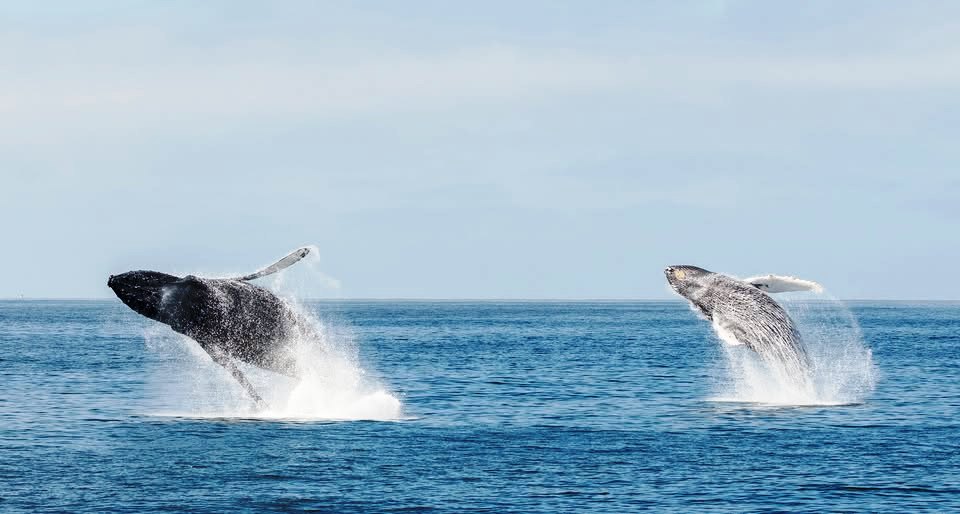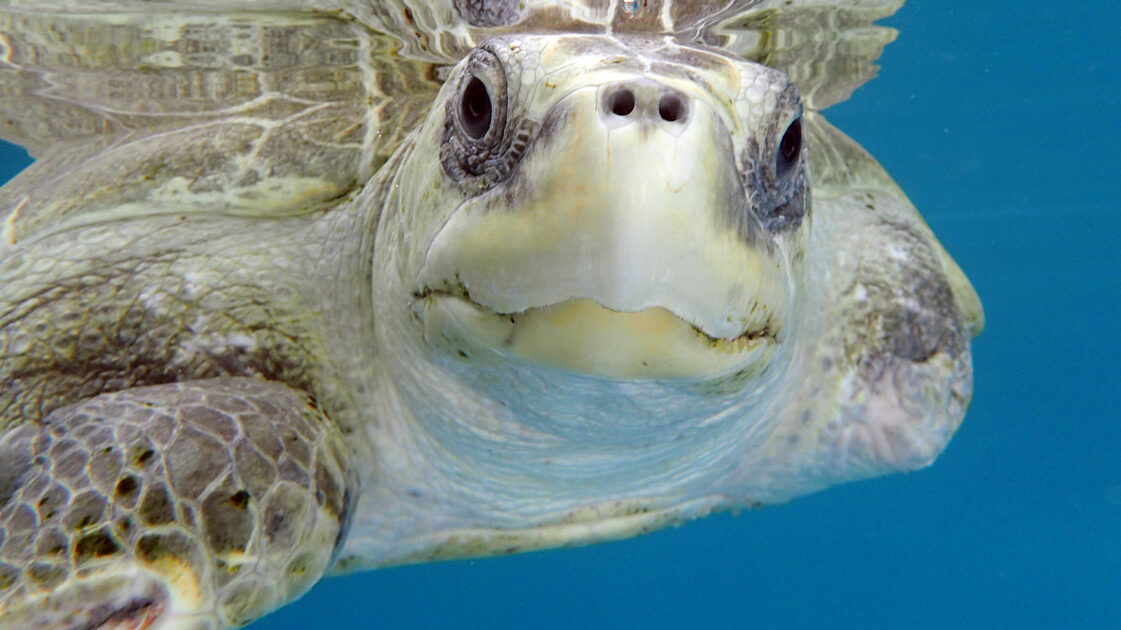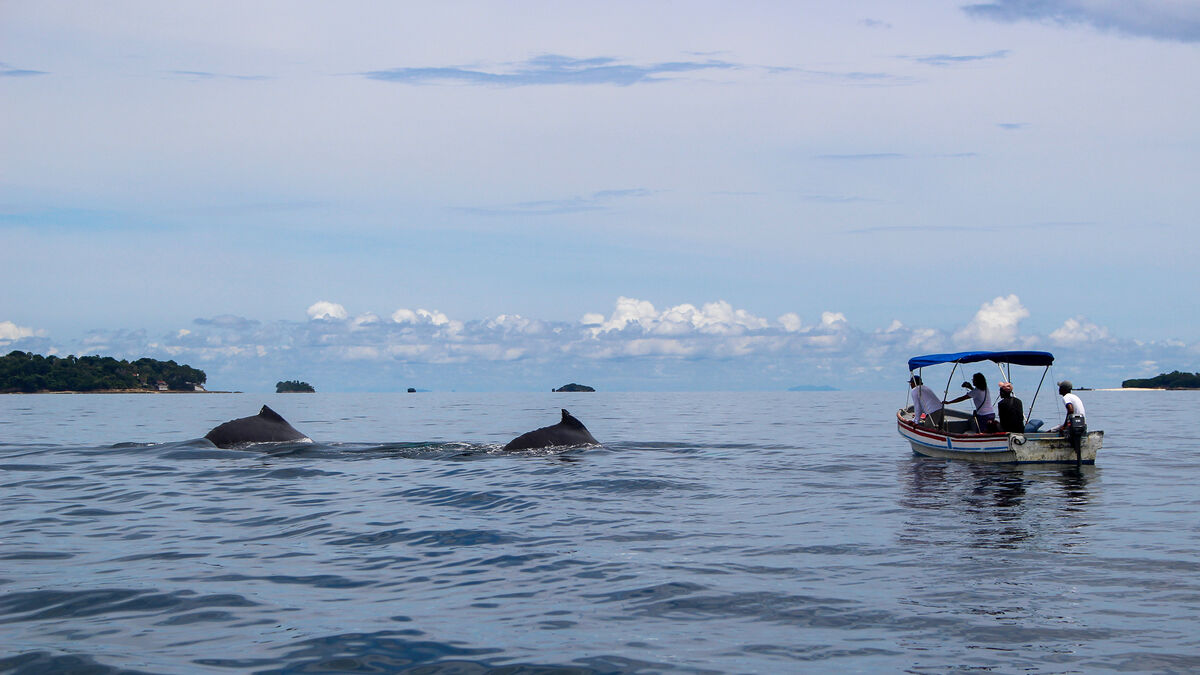Tourist and Ecological Magnet – Humpback Whale Season and Turtle Arrivals
The Panama Tourism Authority (PTA) recognizes Iguana Island, in Pedasí, as one of the best spots in the country to see humpback whales. These natural spectacles have positioned Pedasí, Iguana Island, Venao Beach, Cambutal, La Marinera Beach, and Cañas Island, among others, as key destinations.

Every year, between July and October, hundreds of humpback whales migrate to the warm waters of the Panamanian Pacific to breed; at the same time, thousands of turtles, mainly of the olive ridley species pictured below, come to nest on the protected beaches of Los Santos. These natural spectacles have positioned Pedasí, Iguana Island, Venao Beach, Cambutal, La Marinera Beach, and Cañas Island, among others, as key destinations for nature tourism both in the Azuero region and throughout the country.

The Panama Tourism Authority (PTA) recognizes Iguana Island, in Pedasí, as one of the best spots in the country to see humpback whales, with peak season from late June to October; September is typically the best month. Meanwhile, Isla Cañas, a wildlife refuge, hosts nesting from June to December, with peaks and massive arrivals between September and November, a phenomenon that only occurs on a few beaches in the world.
Where and When to Go

To see and enjoy the beautiful humpback whales swimming in pairs and with their calves, visitors have multiple options , ranging from booking a tour with accommodation, a boat trip, a whale-watching tour at sea, and then a stay on the idyllic Iguana Island. The peak season is between August and October, and following some regulations, you can take a boat from the El Arenal beach area, where there is a group of trained boatmen to provide this tour, complying with requirements such as keeping your distance from the giants of the sea, turning off the engine, wearing life jackets, among others.
Impact and Local Tourism Potential

For those familiar with tourism in this region of the country, responsible marine wildlife viewing generates employment, direct income for guides, captains, and hotels, and boosts value chains such as gastronomy, transportation, and handicrafts, among others. Experts cited by national media emphasize that whale tourism in Panama provides economic benefits to coastal communities and, when well-managed, strengthens conservation and environmental education. The ATP promotes these nature products—whales on Iguana Island and turtles on Cañas Island—as anchor experiences for Pedasí and Tonosí, highlighting their uniqueness, as these arrivals occur in very few places in the world.






